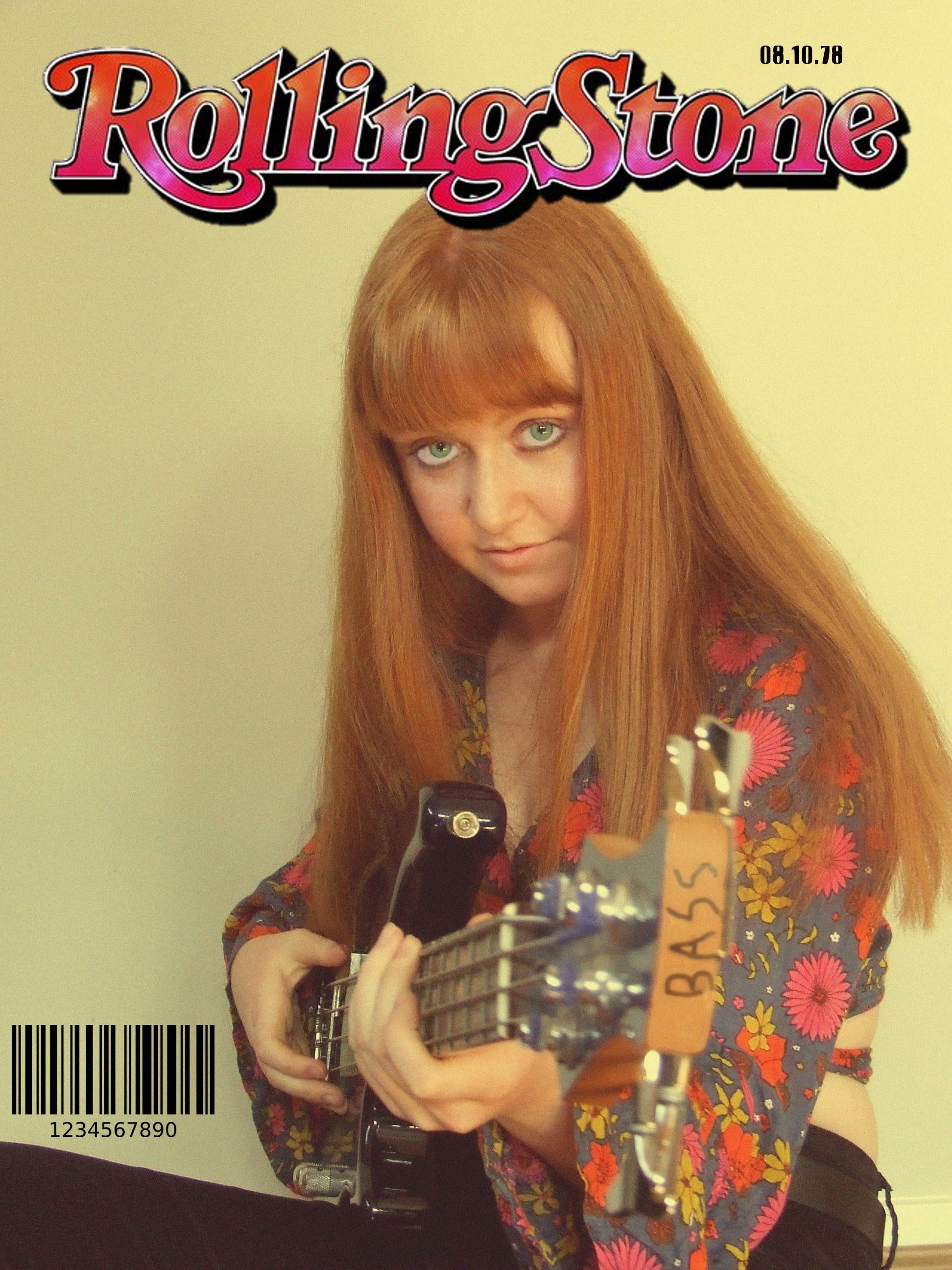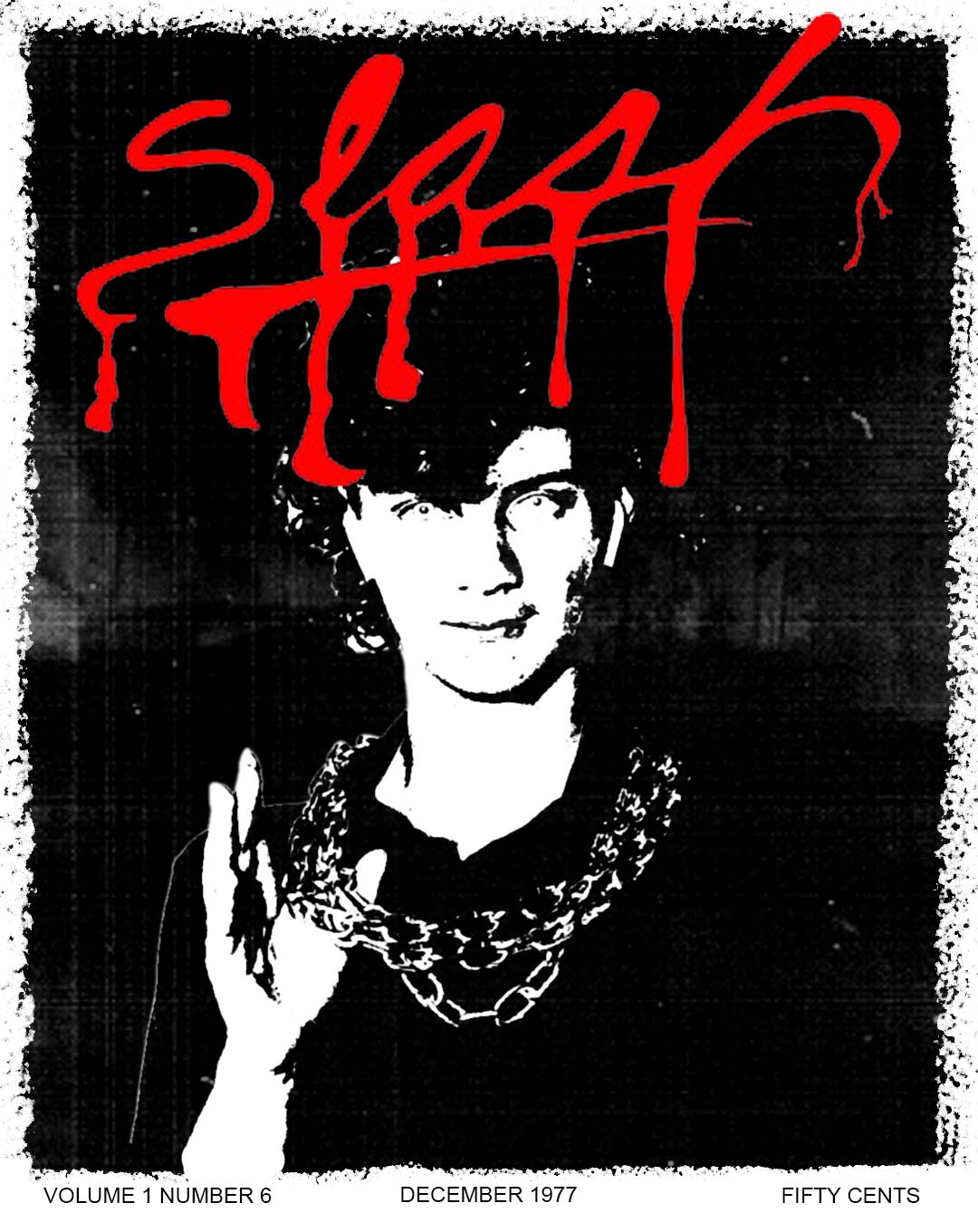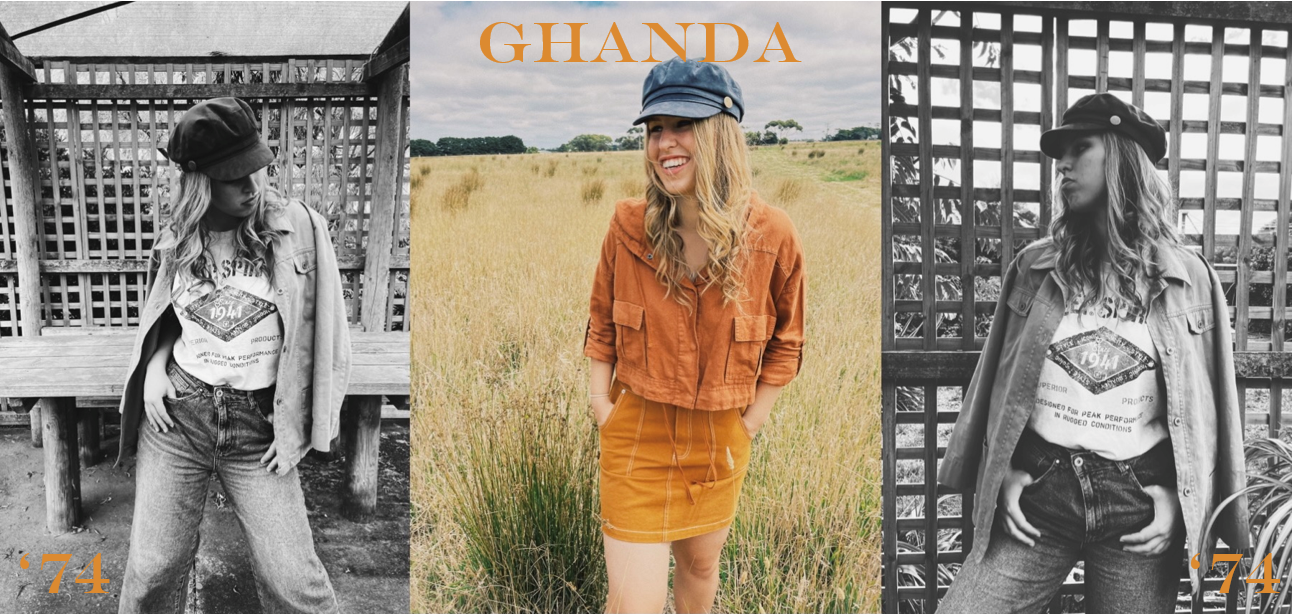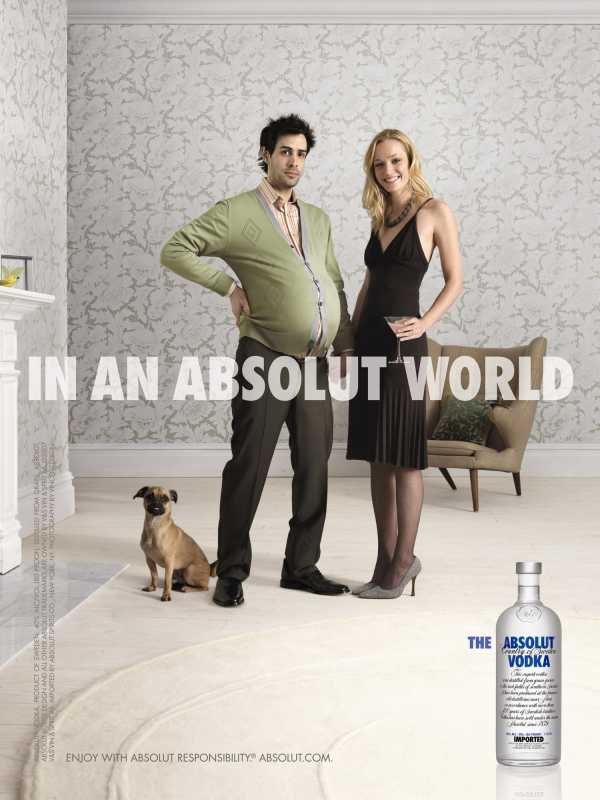How do we see ourselves and our world in media products?
The media plays an important role in shaping society and the values and beliefs of the audience. The construction of media products suggests a sense of realism and naturalism that belies their nature as codified representations that reflect the values of media makers and audiences at the time, location and context of their construction. Representations rely on a shared understanding of media forms, codes and conventions and the processes of selection, omission and construction. Representations are influenced by social, industrial, economic and technological factors existing at the time, and in the location and context of their creation, production, distribution and consumption.
Students are introduced to the concept of audience. They consider different readings of media products and how meaning is suggested through the complex relationships between content creators and producers, media forms and audiences. They consider how audiences engage with the media to construct and negotiate understandings of the world and themselves through their participation in the consumption, reception, production, curation and distribution of media products. Students also gain an understanding of audiences as producers of media products, who create and share their own representations. Notions of identity and self are implicit in the ways that audiences select, create, share, engage with and read media products. Through the examination of a range of media forms and products, students consider how representations of self and identity are constructed, distributed, engaged with, consumed and read.
Key knowledge
- the nature of media representations within and across media products and forms from different periods of time, locations and contexts
- media codes and conventions used to construct media products and meanings in different media forms
- the construction of representations within and across products and forms from different periods of time, locations and contexts
- audience engagement with, and consumption, reading and production of, media representations in different media products and forms from different periods of time, locations and contexts
- the social and institutional relationships between audiences and the media that is created, produced, distributed, consumed and read
- appropriate media language in the analysis and discussion of media representation.
Key skills
- explain the nature and form of representations within media products and forms from different periods of time, locations and contexts
- analyse the media codes and conventions used to construct media products and meanings in different media forms from different periods of time, locations and contexts
- compare the construction of representations within and across media products and forms from different periods of time, locations and contexts
- discuss how audiences engage with and consume, read and produce representations in media products and forms
- discuss the social and institutional factors influencing the distribution of and relationships between audiences and media representations
- use appropriate media language in the analysis and discussion of media representation.
Selfie Set Up
Selection & Omission
As representations are constructed from reality, it is impossible to include everything that reality has to offer. What is left out is referred to as OMISSION and what is left in is referred to as SELECTION.
Look at the image beside as make your own conclusion up as to how the narrative changes according what is shown to the audience.
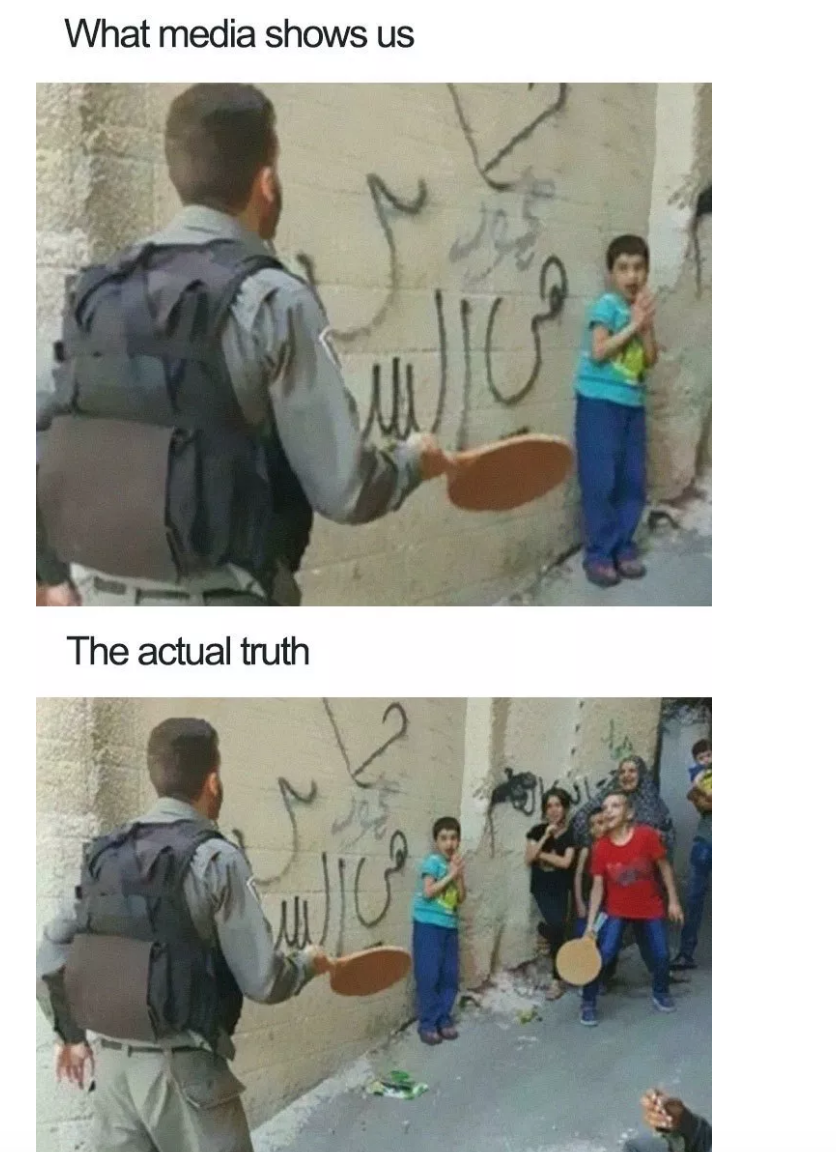
Print Advertisements from various time periods
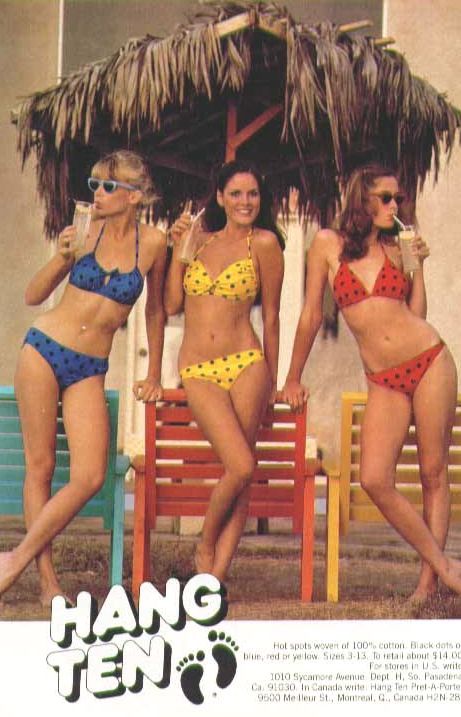
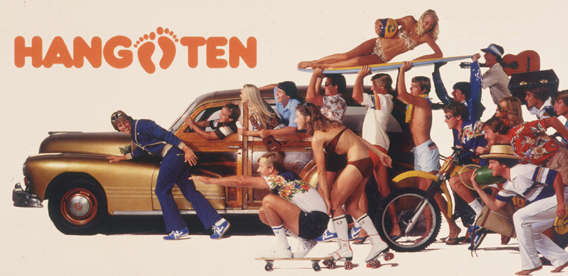
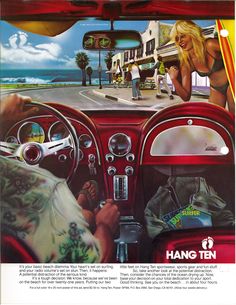
Film Trailers that show clear representations of people and places from various time periods
The Breakfast Club
Almost Famous
Dazed and Confused
Australia Day Lamb Advertisement
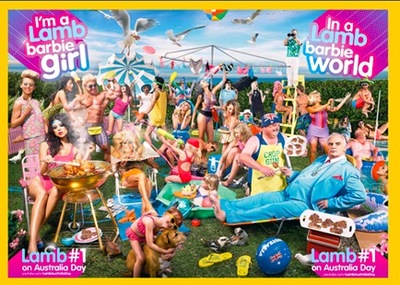
Australia Day Lamb TV Advertisement
Same Day - Two Victorian Newspapers
What has been represented in both newspapers and what code and conventions are employed to create a different feel for the audience? What has been selected & omitted?
Herald Sun Newspaper 14 Feb 2018
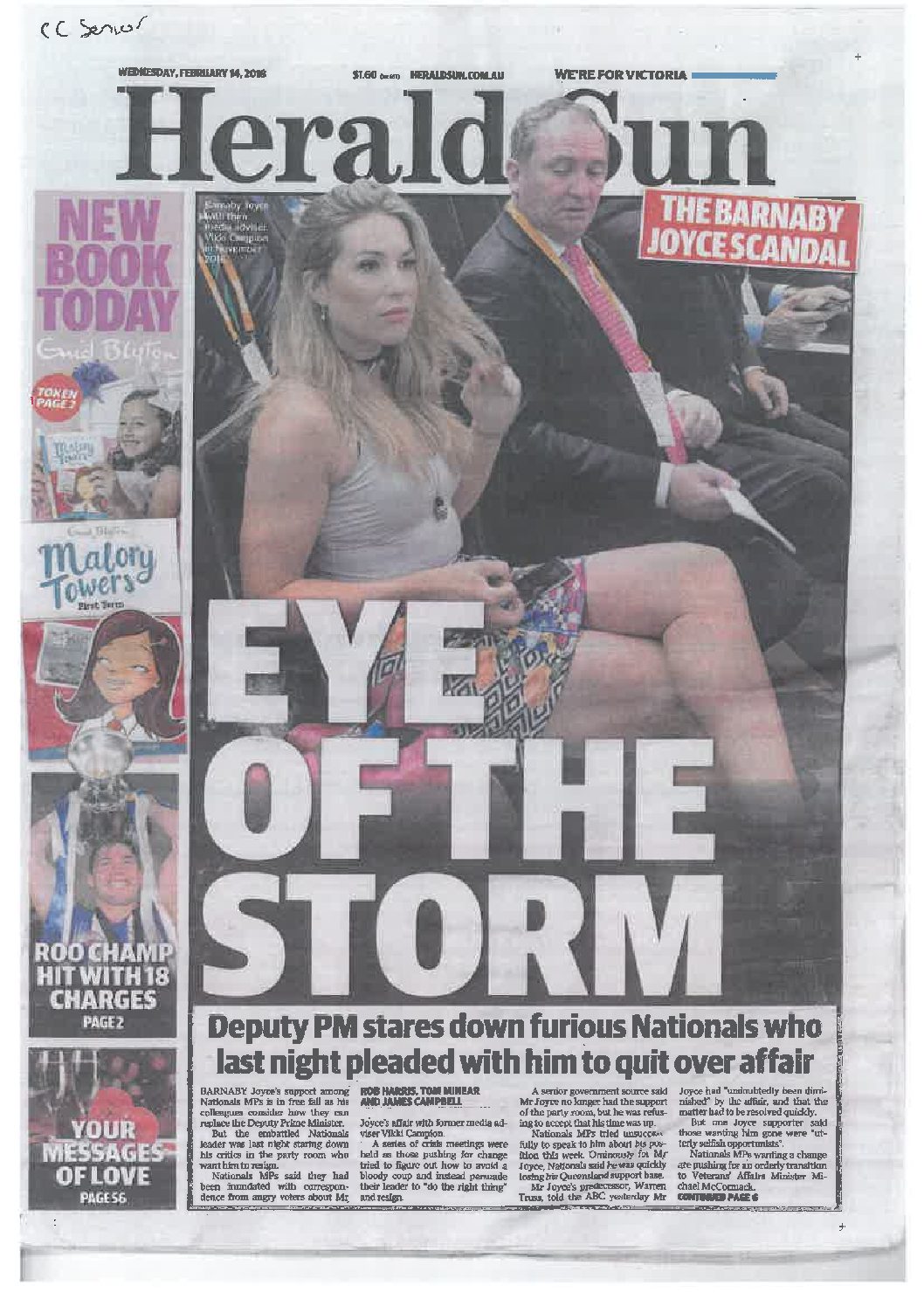
The Age Newspaper 14 Feb 2018
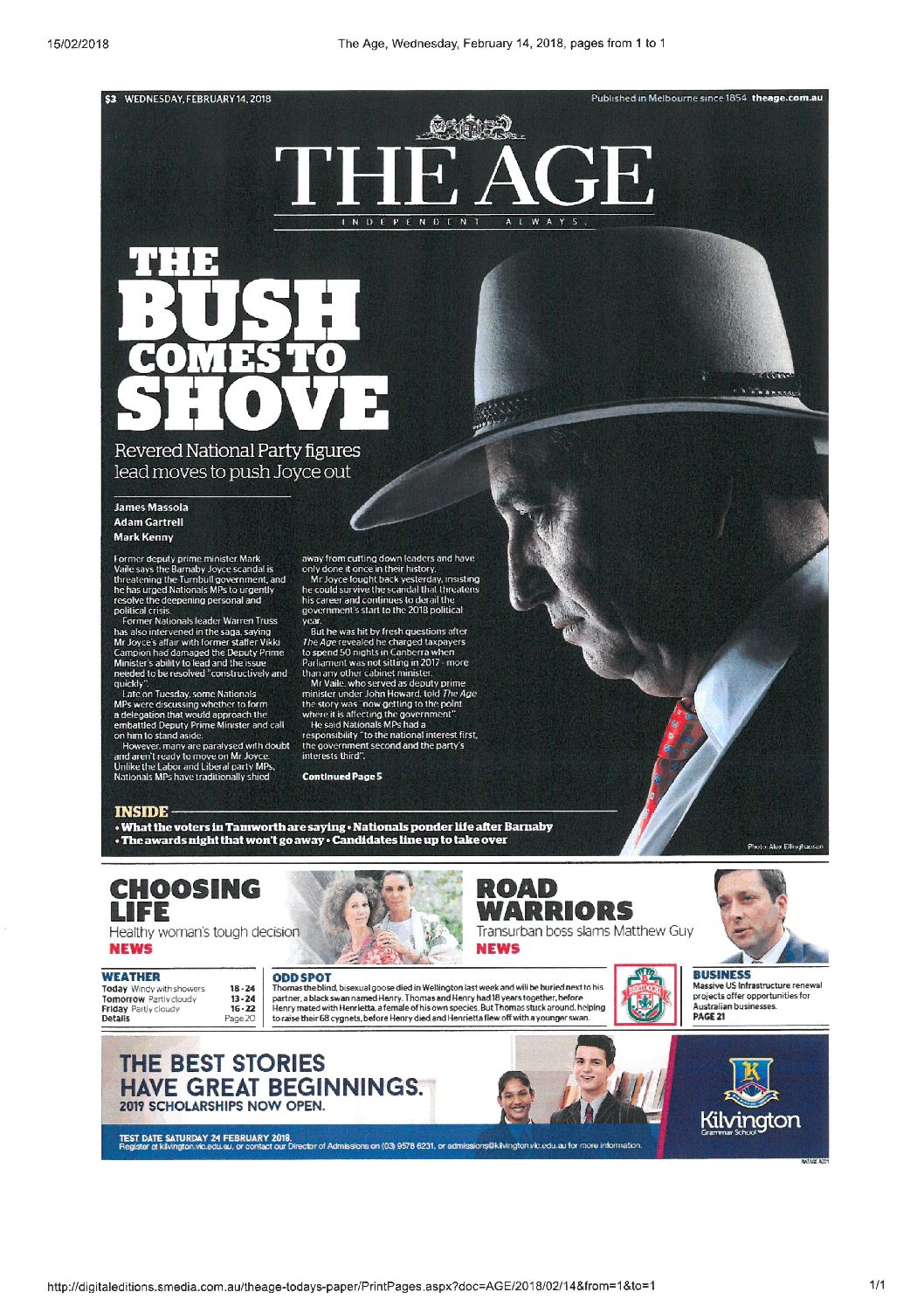
REALITY TV.....Is it REAL?
Reality TV
Reality television is a classic example of the way media can construct a reality and the way that the audience of that reality can willingly suspend its disbelief. We know it is not reality we are watching but we usually choose to ignore that - otherwise it wouldn't be any fun.
The final product of any reality tv show is a construction of selected representations. The decisions made by the Producers is created via a process of selection and omission construction.
Selection = What they choose to keep
Omission = What they choose to remove

50's
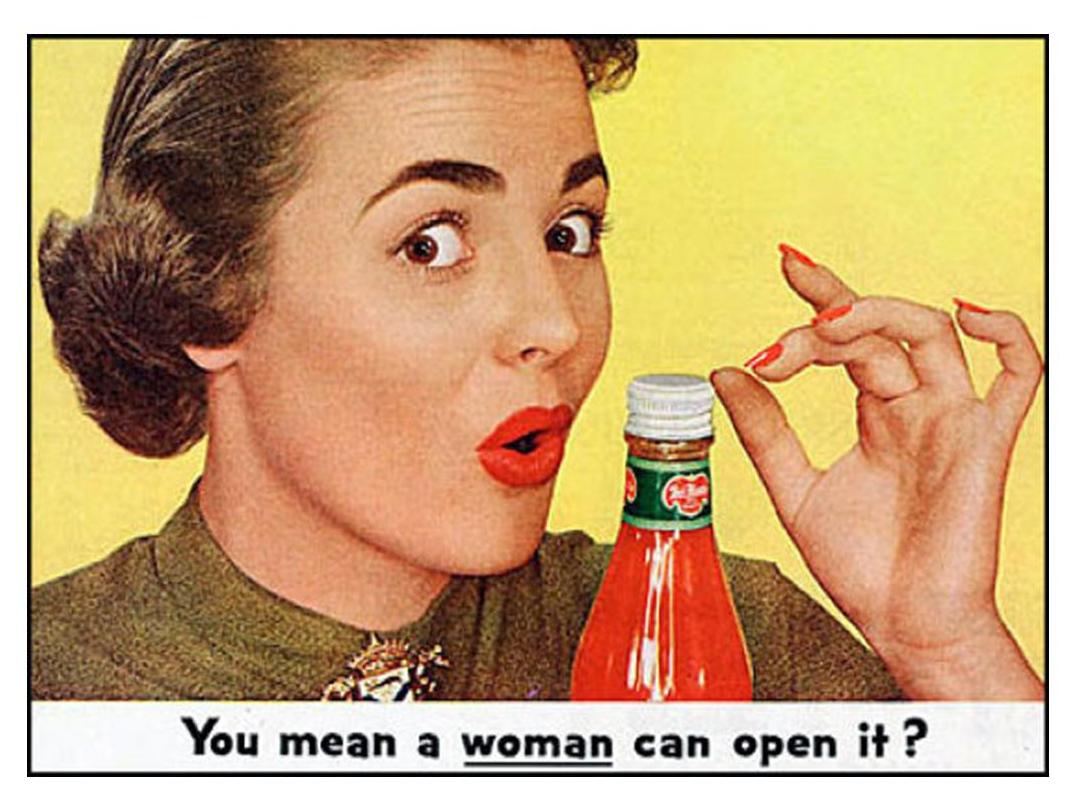
50's
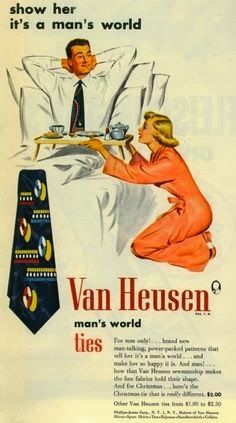
60's
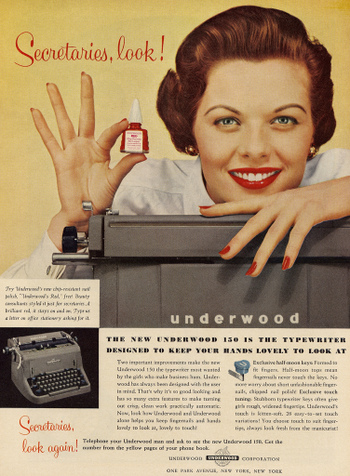
60's
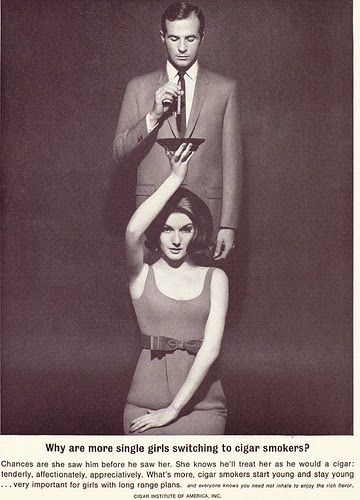
80's
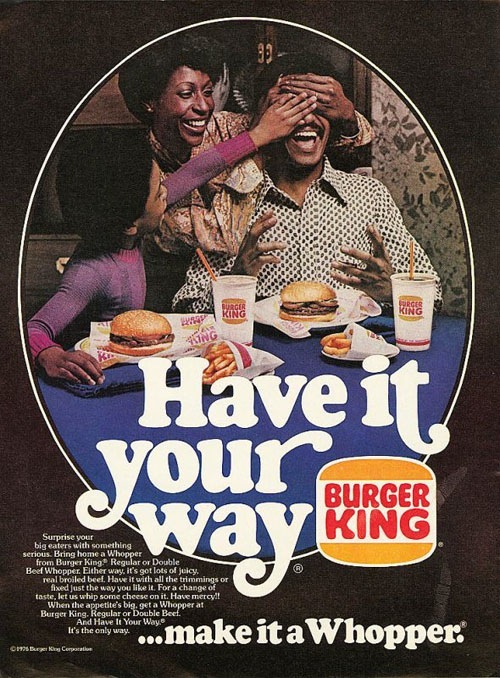
80's
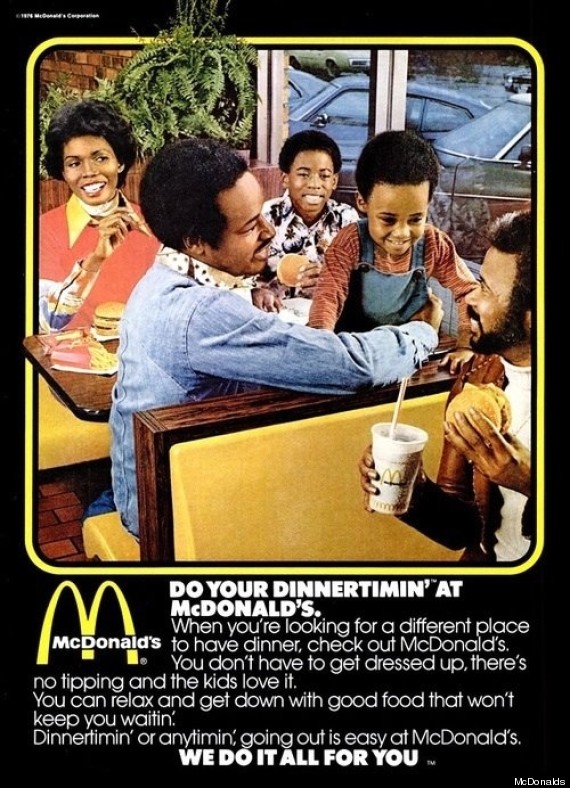
90's
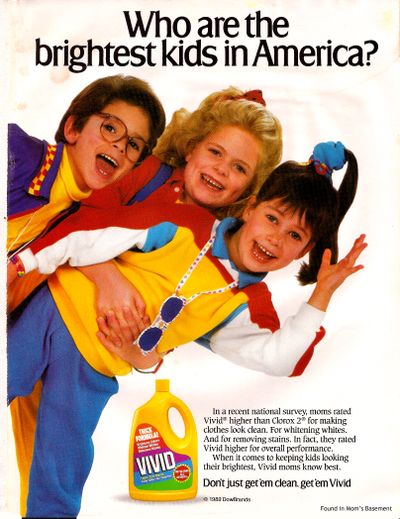
90's
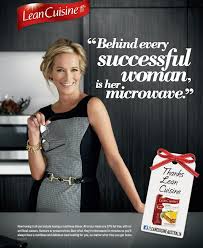
Assessment task: Create a print ad for a time period & society
Print is an extremely effective tool used in the Media Industry. We see it appear in various media forms; Billboards, Magazine Covers and Articles, CD and DVD Covers, Film Posters, Brochures and Publications – just to name a few.
Print has its own code and conventions to ensure the message is delivered to the intended target audience.
Code & Conventions of PRINT
• Layout & Use of White Space
• Colour
• Images – Size & Position
• Text
• Font choice
• Composition
• Paper Stock
• Location & Distribution
• Quantity

How to REPRESENT London's Number 1 FAKE restaurant and get away with it
Explanation of your PRINT PRODUCTION
Once you have completed your print production please submit the following:
One copy of the print production - PRINTED and stick the write up on the back.
Print another copy for your green book which includes your write up (this will help with your exam preparation)
Write up includes:
- What have you represented?
- How have you constructed your representation?
- What have you omitted and selected?
- What code and conventions have you considered in your construction? (the code & convention booklet will help)
- Who is your target audience and how have you engaged them?
What to include in your annotation for your research section:
Try to include at least SIX different research print productions from different time periods and societies.
- Include where you sourced the image from.
- What code & Conventions were employed to engage the audience.
- What you like about the example.
- From the example what you might include in your final print production.
- Try and use media language where applicable.
Example: By Student
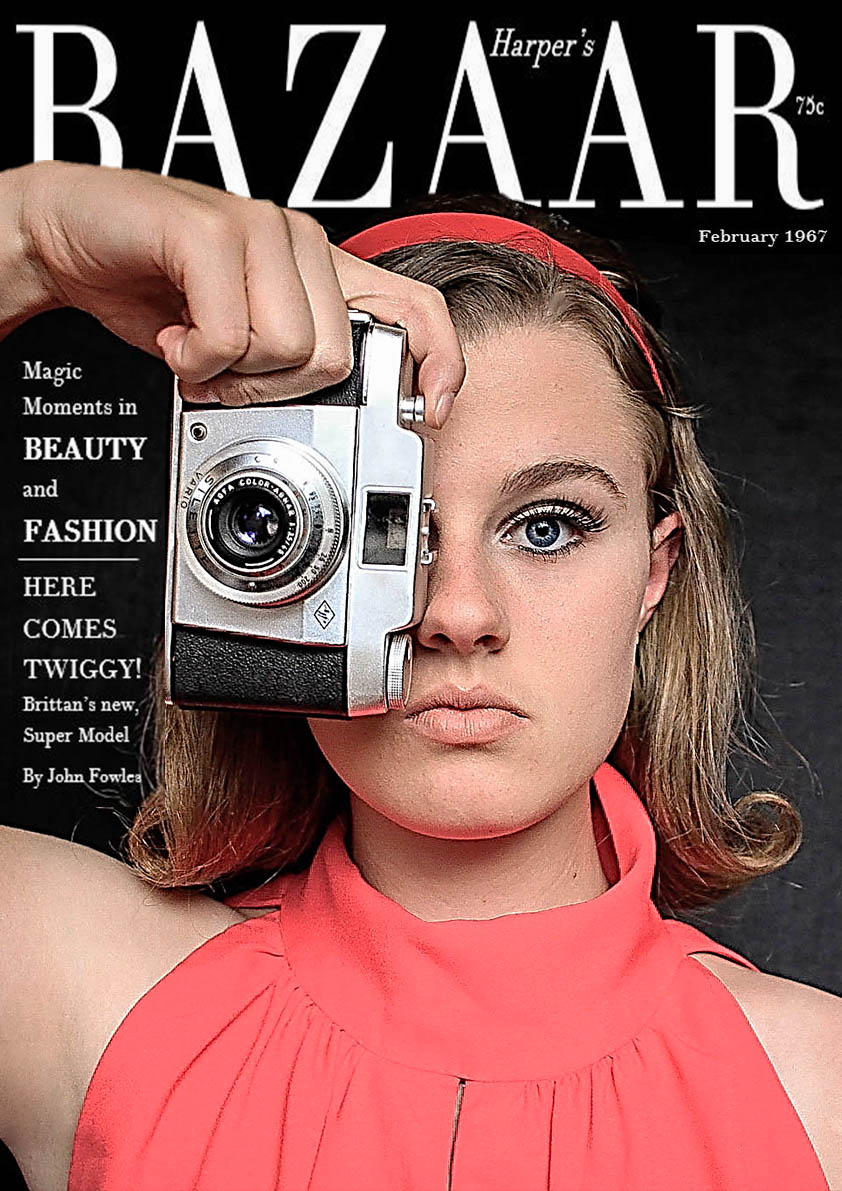
Example: By Student
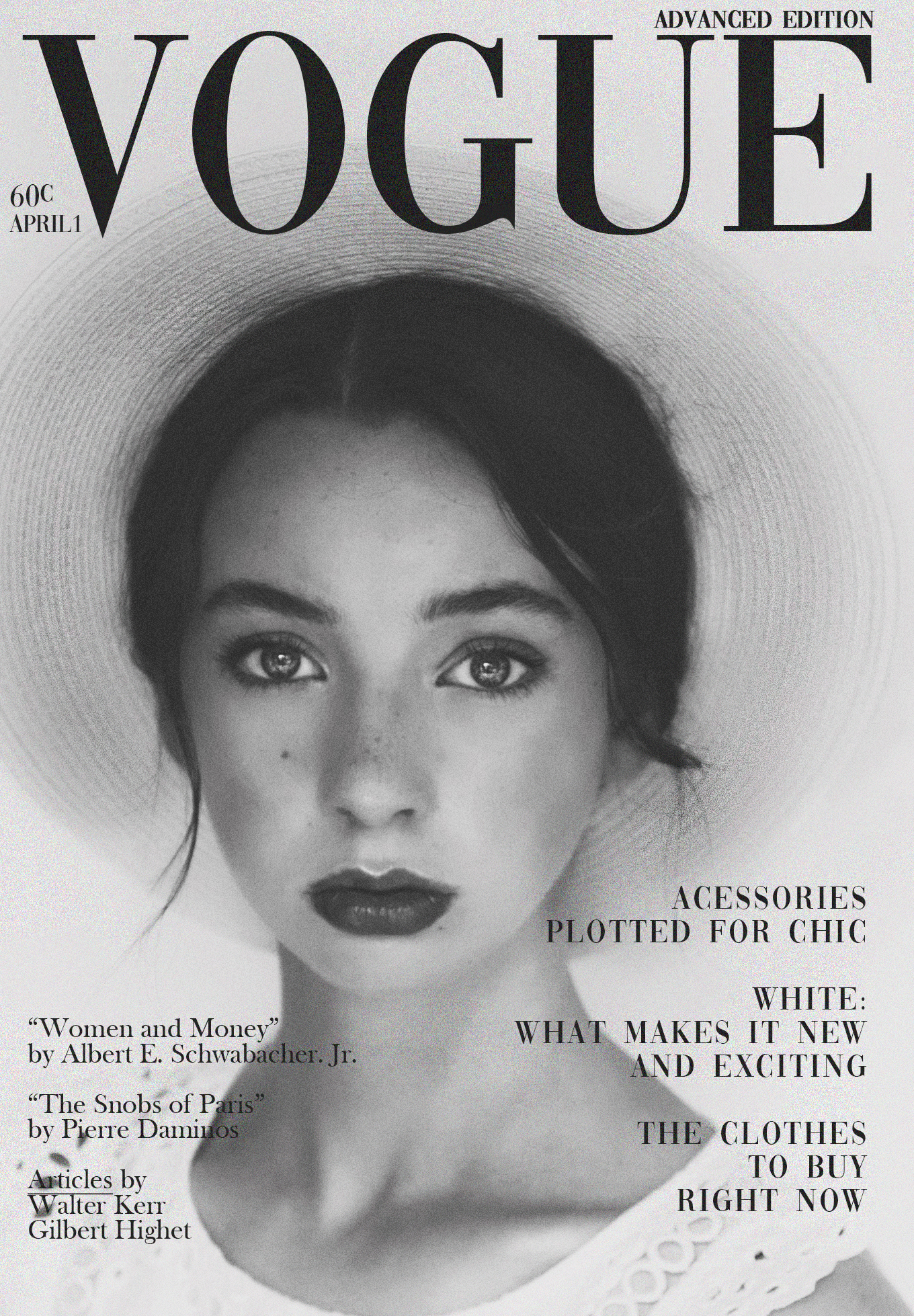
Example: By Student
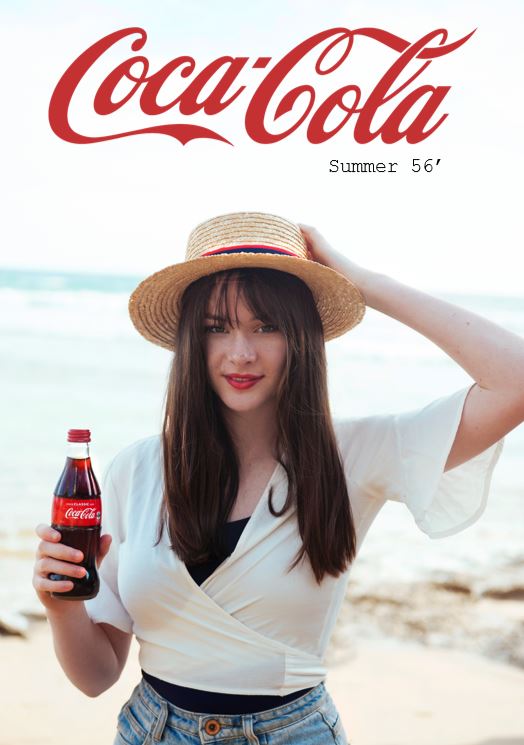
Example: By Student
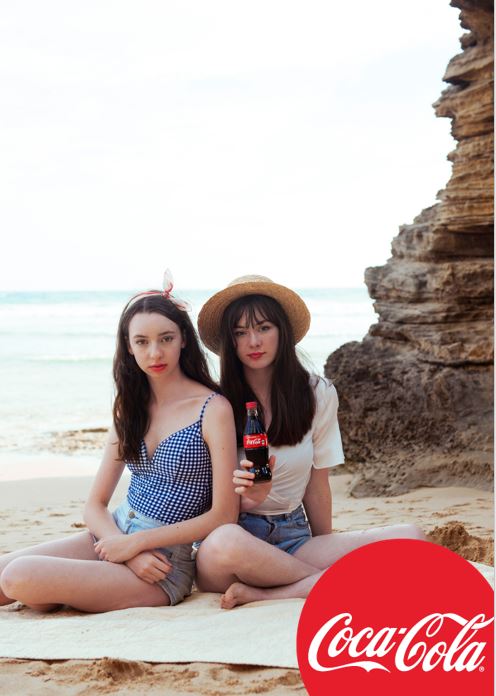
Example: By Student
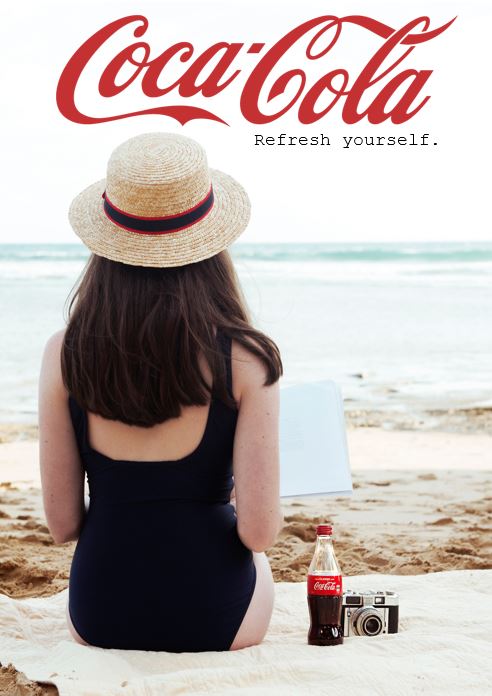
Billboard: By Student

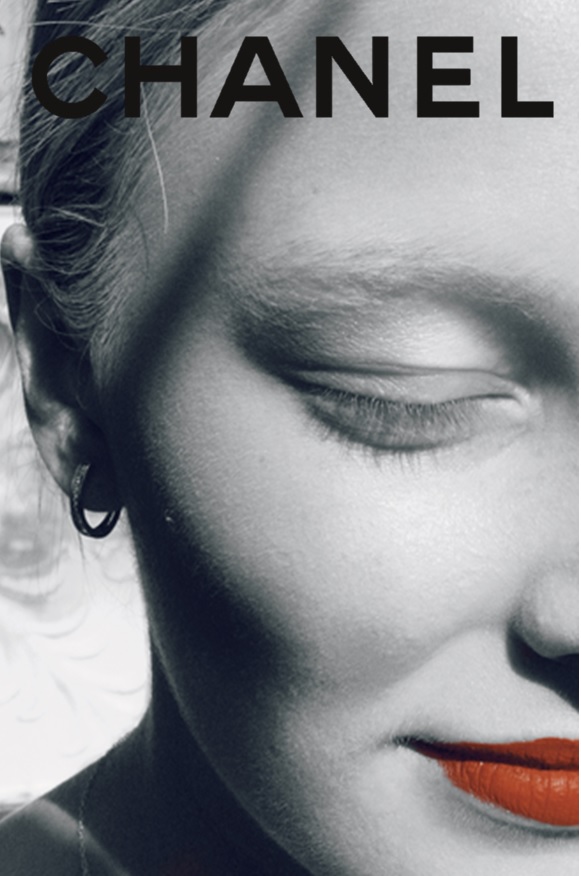
Billboard: By Student
Here is an example where removing an element makes more of an impact on the audience
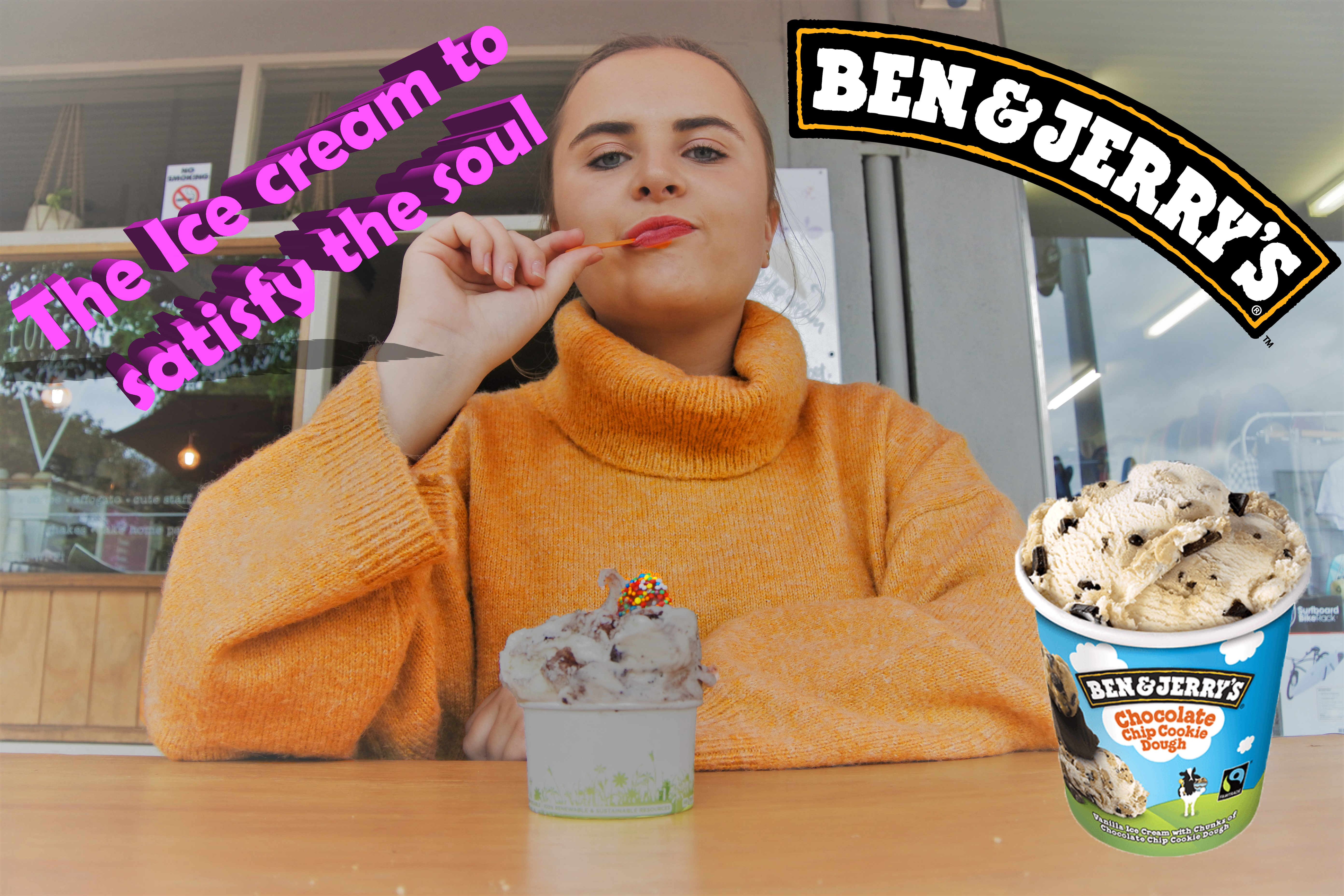
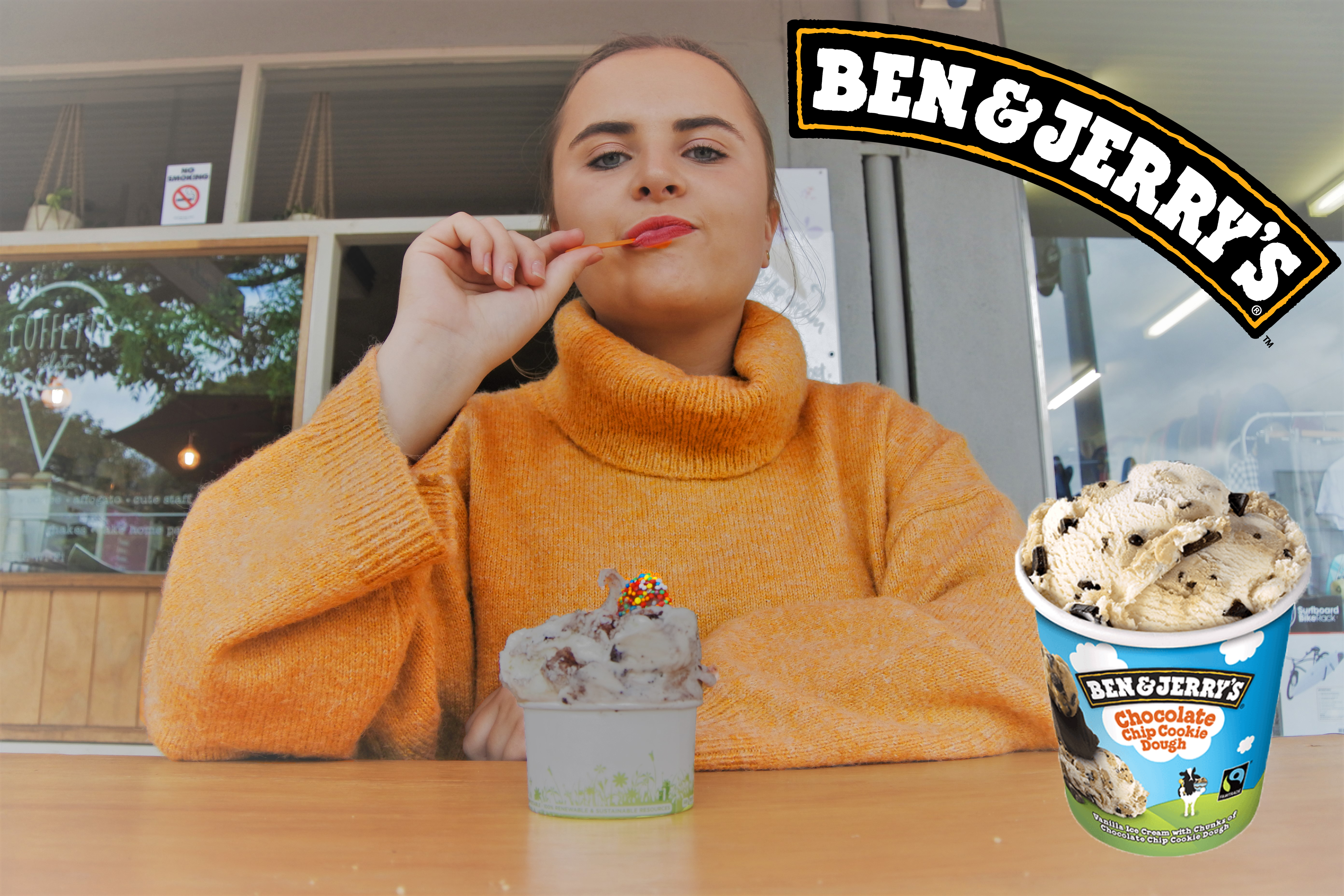
Student Print Production Examples
![{"effects_tried":0,"photos_added":0,"origin":"gallery","total_effects_actions":0,"remix_data":["add_sticker"],"tools_used":{"tilt_shift":0,"resize":0,"adjust":0,"curves":0,"motion":0,"perspective":0,"clone":0,"crop":0,"enhance":0,"selection":0,"free_crop":0,"flip_rotate":0,"shape_crop":0,"stretch":0},"total_draw_actions":0,"total_editor_actions":{"border":0,"frame":0,"mask":0,"lensflare":0,"clipart":0,"text":0,"square_fit":0,"shape_mask":0,"callout":0},"total_editor_time":482,"brushes_used":0,"total_draw_time":0,"effects_applied":0,"uid":"ACD943D3-A035-4AF8-A8A5-6EED2BC281FB_1581036750214","total_effects_time":0,"source_sid":"ACD943D3-A035-4AF8-A8A5-6EED2BC281FB_1581036750835","sources":["315925131334211"],"layers_used":0,"width":960,"height":1280,"subsource":"done_button"}](http://www.mediaknite.org/wp-content/uploads/2020/02/Leilani.jpg)
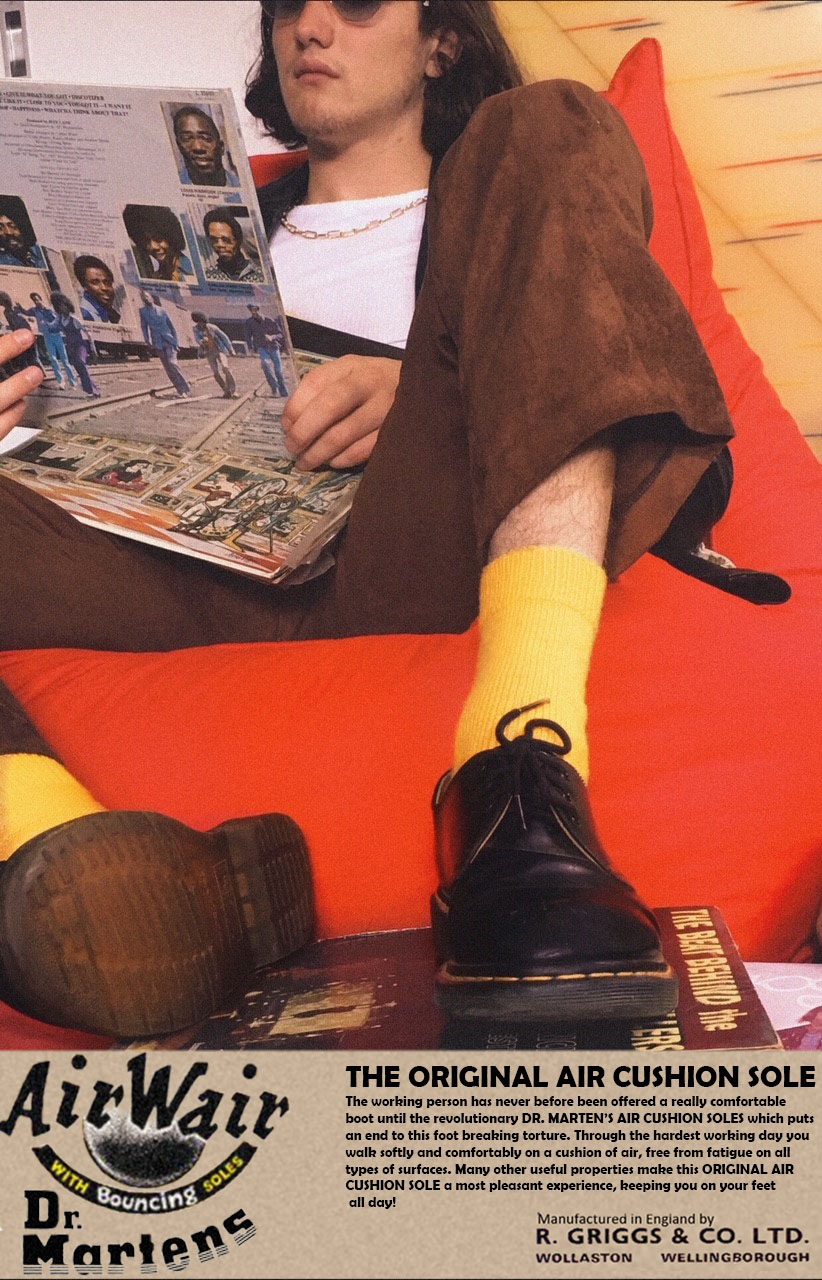
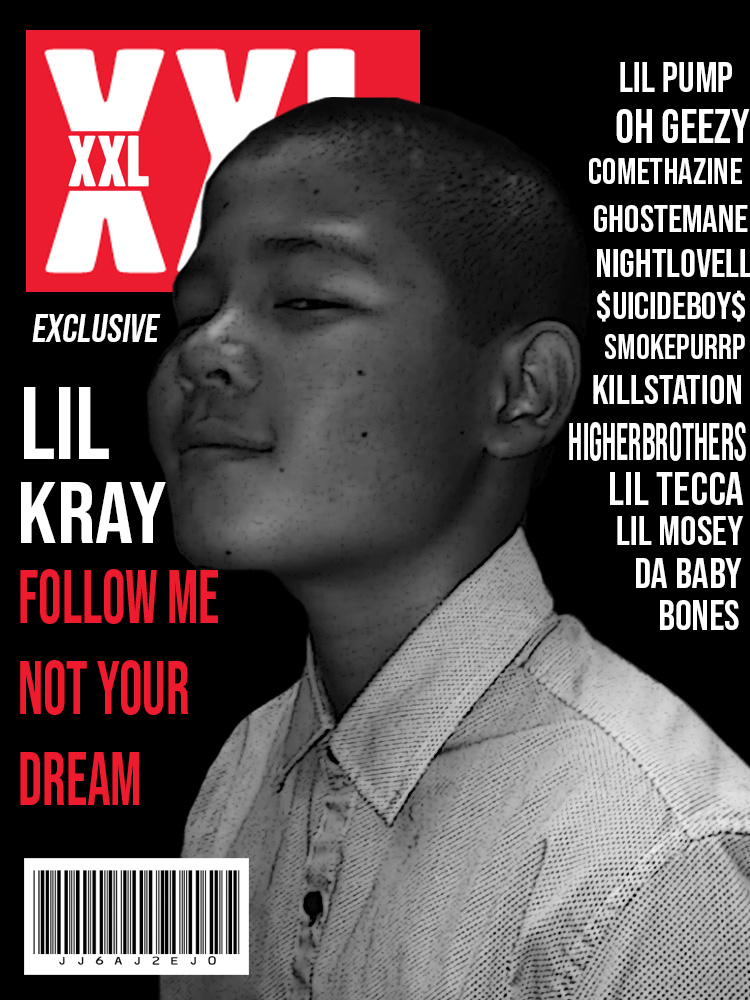
Student Example
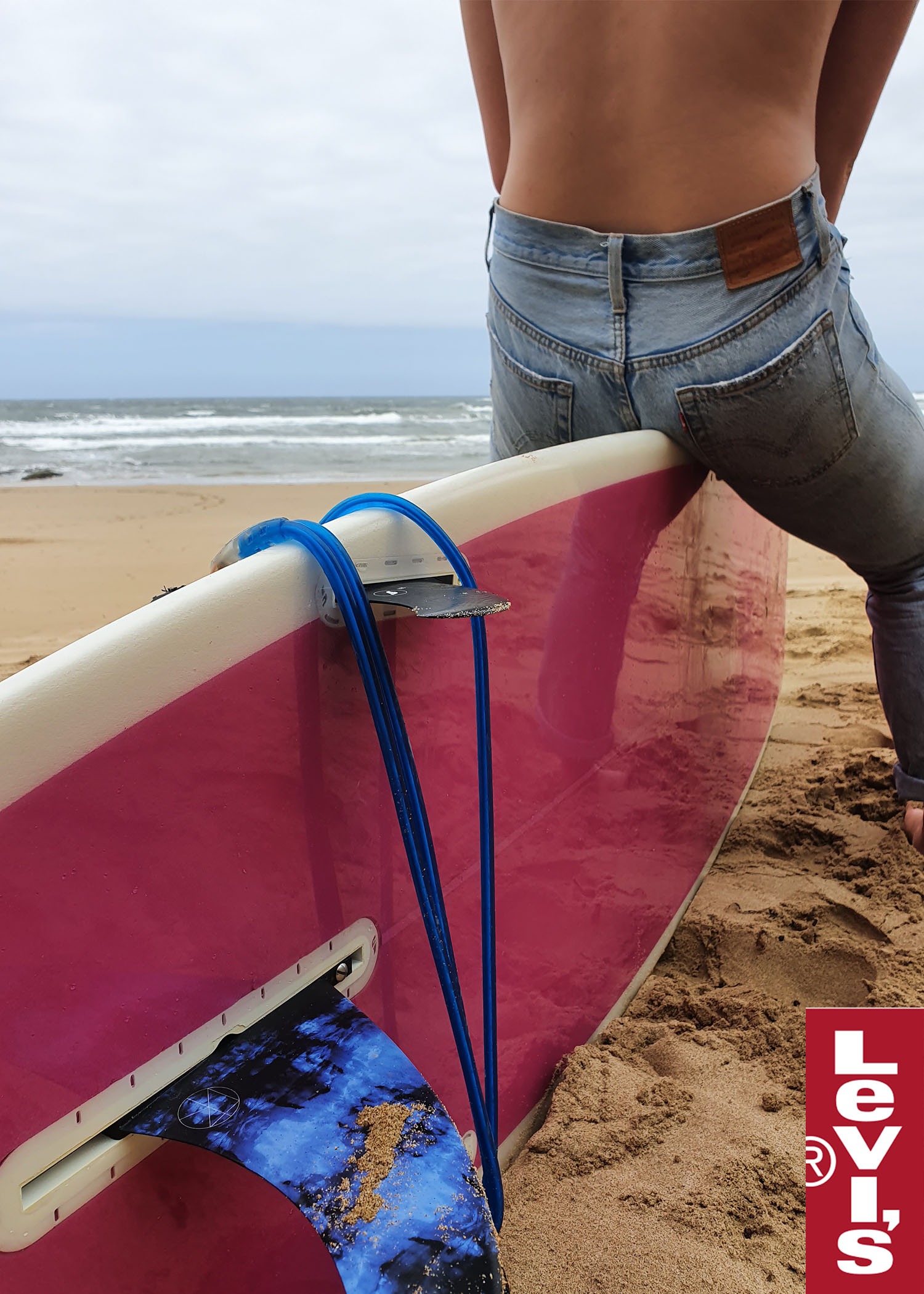
Student Example
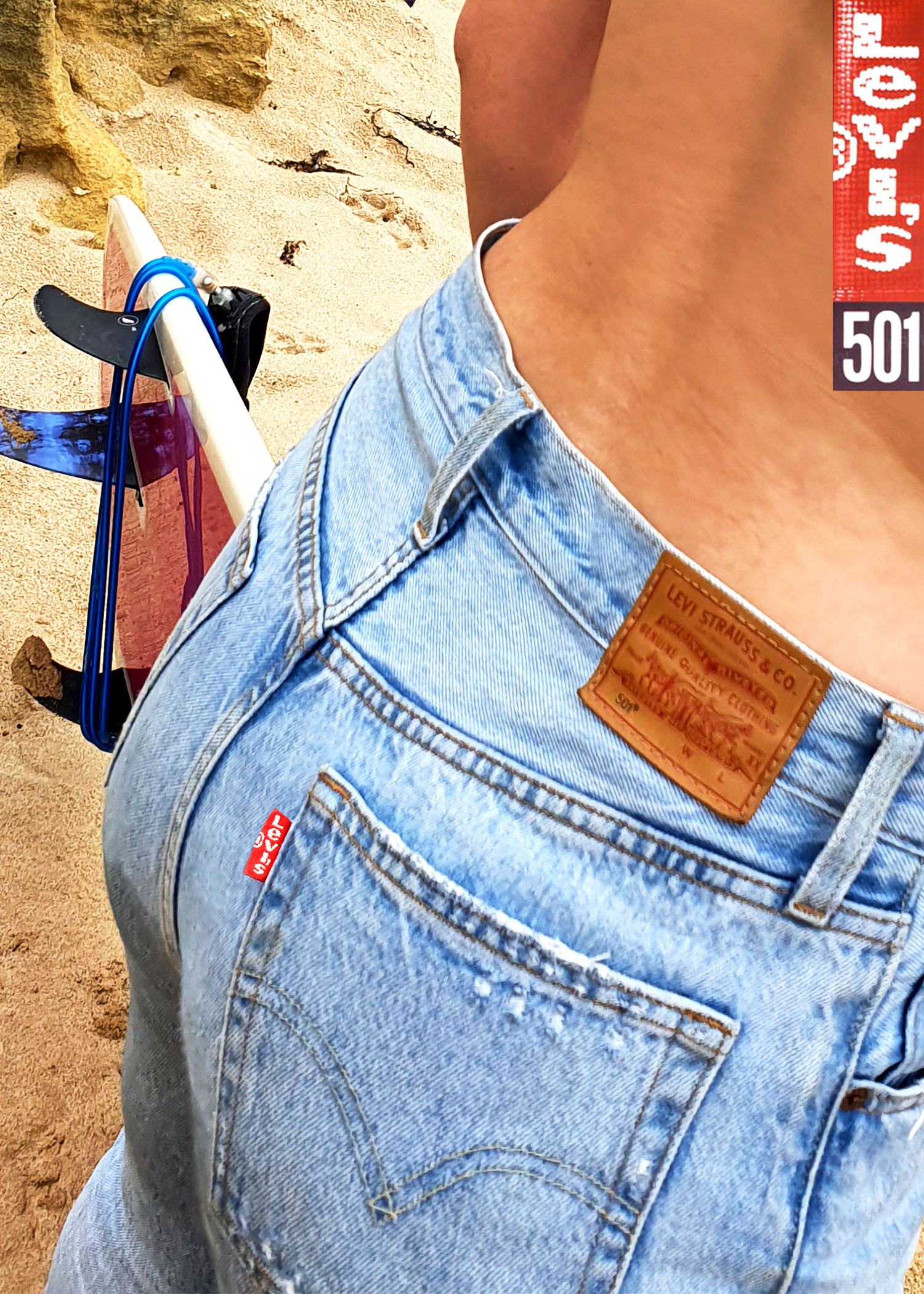
Student Example
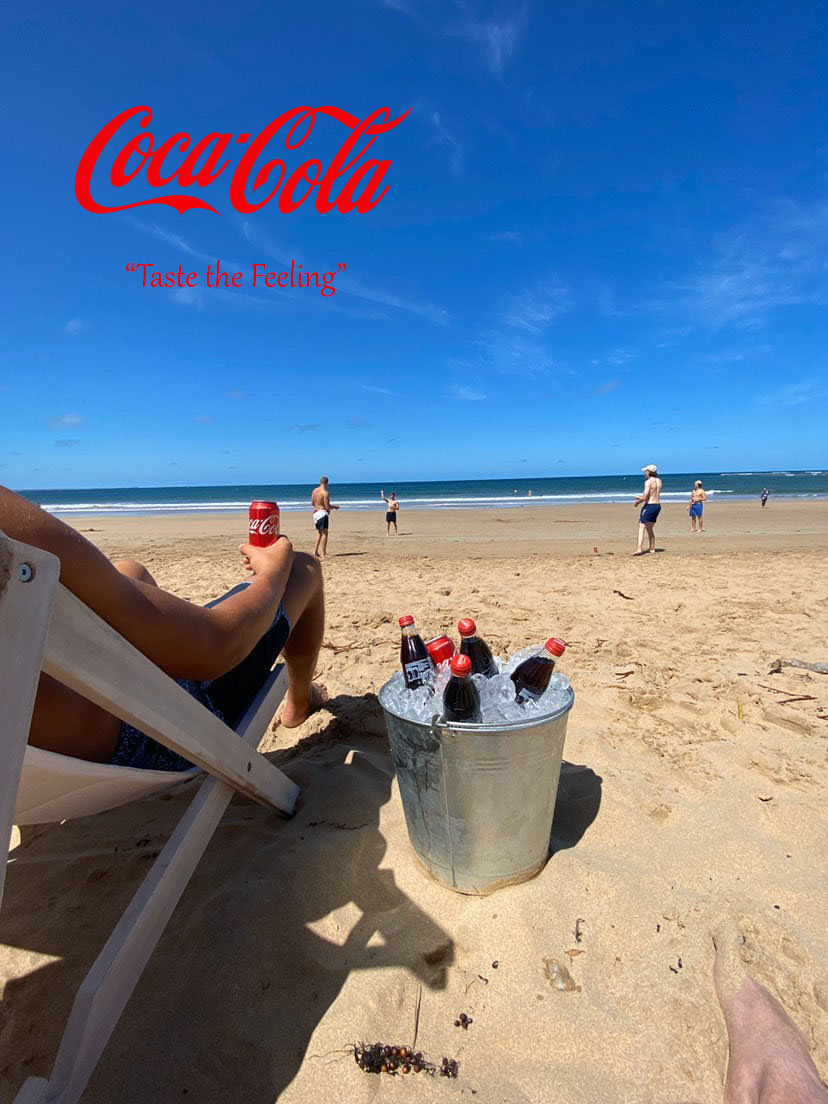
Student Example
